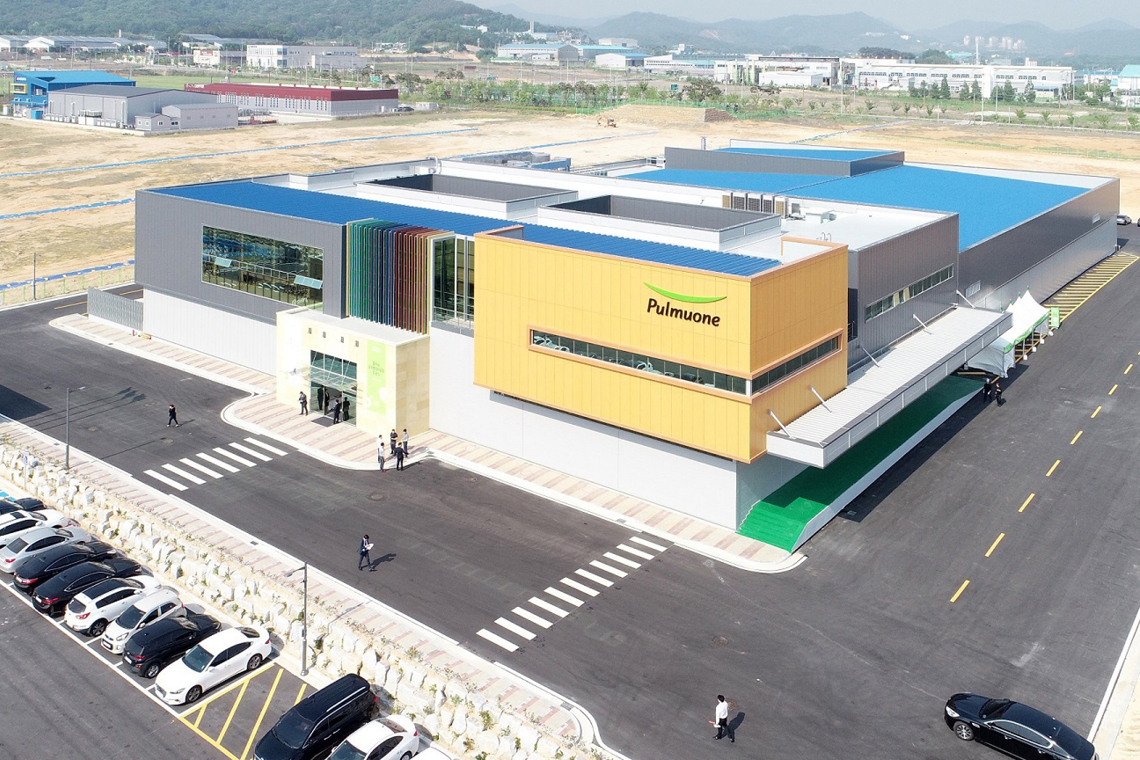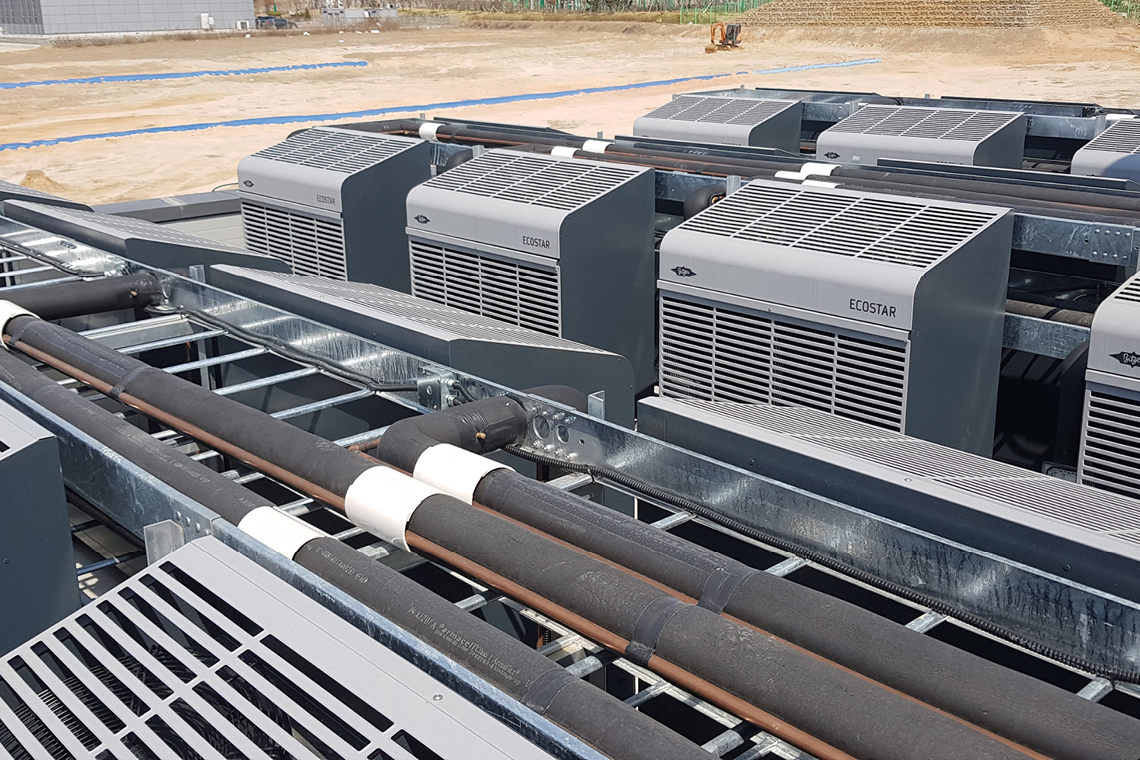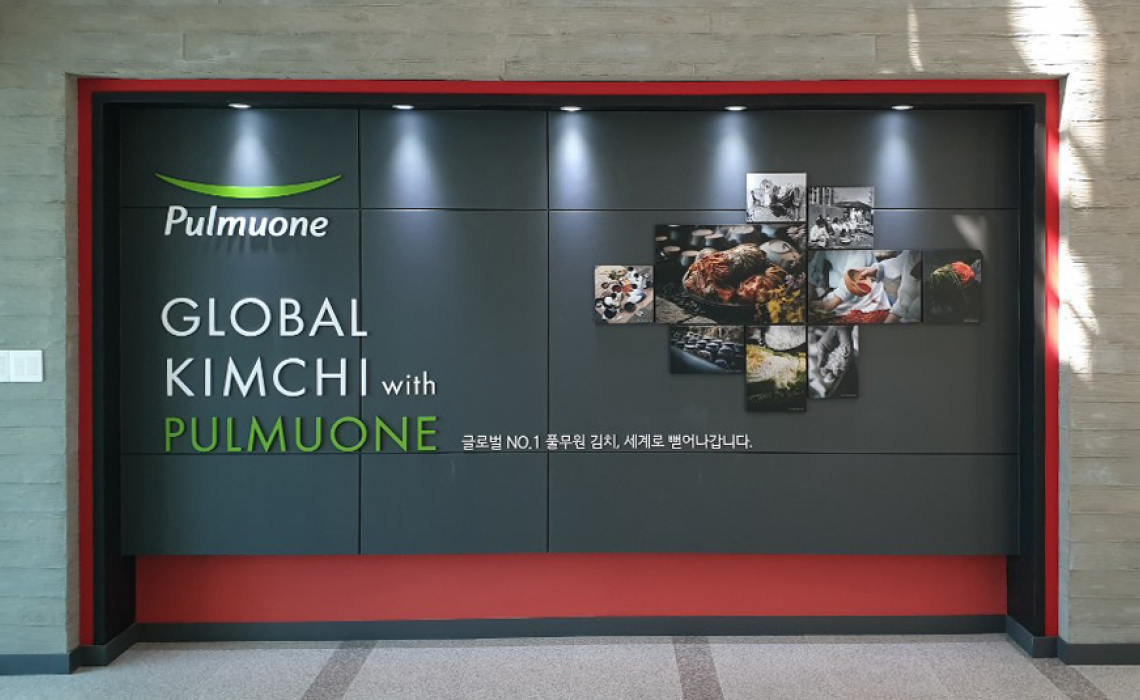It’s hard to imagine Korean cuisine without this traditional food that goes back millennia: fermented vegetables – whether napa cabbage or radish, with cucumbers or apples, with oysters or fish sauce, garlic or ginger. The Koreans call their favourite dish, which is extraordinarily diverse, ‘kimchi’. Koreans eat lots of kimchi, as it’s served with every meal, whether as a starter or main dish. Preserved through the process of fermentation, these vegetables are not all that easy to produce. Certain temperatures and moisture levels have to be maintained during fermentation to ensure the best flavour.

At the Pulmuone global kimchi factory in Iksan, 22 BITZER ECOSTAR units have been operating since March 2019 to ensure optimal conditions at all times. The factory is a three-storey building with 9,277 m2 production area. In Iksan with its population of 300,000, Pulmuone manufactures more than 10,000 tonnes of premium kimchi annually for global export. The diverse selection includes flavoured and white kimchi – without red chilli powder – as well as kkakdugi, a special kimchi made from cubed radish.

The latest technology for traditional vegetables
For the new kimchi factory, Pulmuone staff have installed state-of-the-art refrigeration, referred to as ‘Kimchi jar-cooling technology’. Byun Jong-Hwan, Managing Director at BITZER Korea, says: ‘This system features 21 ECOSTAR LHV7E and one LHV5E condensing units, which operate with R134a refrigerant and an evaporation temperature of 0°C to –7°C, depending on the production process.’ In suction pressure mode, all 22 ECOSTAR units operate at a constant evaporation temperature. The ECOSTAR units were installed on the building roof. He continues: ‘Because the ECOSTAR units can be monitored remotely via a web server interface, the customer can always access all the ECOSTAR functions without any difficulty.’
Baek Seok-in, Director of the Integrated Engineering Center at Pulmuone, adds: ‘We’re already familiar with the many benefits of the BITZER ECOSTAR, such as simple installation, straightforward commissioning and good maintenance, due to joint projects with BITZER Korea in the past. For these, we were able to reduce energy consumption by more than 20 per cent thanks to the ECOSTAR units.’ But there was another key factor behind the decision. ‘What ultimately won us over was the ability to monitor the ECOSTAR remotely. In August 2018, we had a record outside temperature of 40°C here in Korea. Due to their high-pressure cut-out, conventional condensing units stopped operating in these extreme conditions. But not the ECOSTAR units. They continued doing their job and never stopped cooling. This operating reliability was key for us.’
You could say that the record temperature in South Korea last year has also resulted in a record contract for BITZER Korea. Installation of the 22 ECOSTAR units is the largest project featuring the proven BITZER condensing units that BITZER Korea has ever had.


